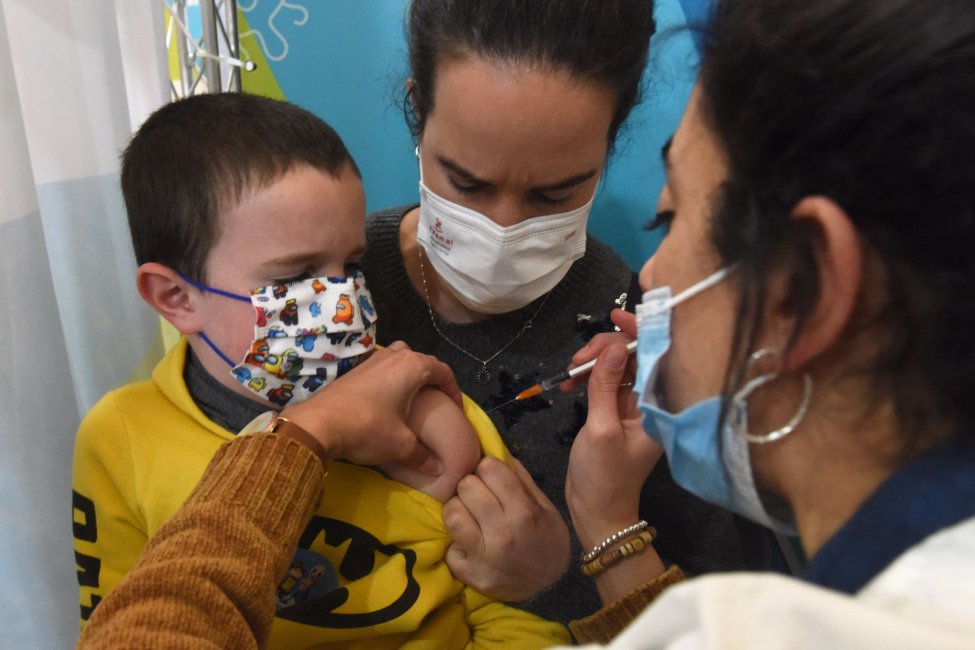Dec. 22 (UPI) — Recipients of the Moderna COVID-19 vaccine are more likely to report side effects related to the shot than those given the Johnson & Johnson or Pfizer-BioNTech jabs, a study published Wednesday by JAMA Network Open found.
Those inoculated with the two-dose Moderna shot they experienced vaccine side effects at twice the rate of people who received the other approved jabs, the data showed.
Conversely, people who opted for the one-dose Johnson & Johnson vaccine were 36% less likely to say they had side effects compared with those given the two-dose shots, the researchers said.
Among recipients of all three vaccines, 80% reported that they experienced side effects, though most were “very mild” or “mild” in severity, according to the researchers.
“Even though the vaccines have side effects, serious side effects were rare,” study co-author Dr. Alexis Beatty told UPI in an email.
“All vaccine brands had low rates of severe side effects in our study,” said Beatty, a cardiologist and health services researcher at the University of California, San Francisco.
Three COVID-19 vaccines have been cleared for use in the United States, the one-dose Johnson & Johnson and the two-dose products from Moderna and Pfizer-BioNTech.
Earlier this month, a Centers for Disease Control and Prevention advisory panel recommended the Moderna and Pfizer-BioNTech vaccines over the Johnson & Johnson one due to rare blood-clotting problems associated with the J&J.
In addition to having different side effect and safety profiles, the three shots also offer varying protection against COVID-19, research suggests.
In a separate analysis, also published Wednesday by JAMA Network Open, the Moderna vaccine was found to offer 96% protection against the virus two weeks after the second dose and 74% protection up to six months later.
Meanwhile, protection with the Pfizer-BioNTech shot peaked at 92% two weeks following receipt of the second dose before declining to 66% at six months, the data showed.
Protection from the Johnson & Johnson vaccine in this study peaked at 60%, at about five months after it was administered, the researchers said.
For the side effects study, Beatty and her colleagues surveyed nearly 20,000 adults 18 and older in the United States who were fully vaccinated with any of the three approved shots.
The most common side effects reported for all three vaccines were muscle pain, which was cited by about 35% of participants, as well as fatigue, which was experienced by roughly 35%, and headache, by about 20%, the data showed.
Of those given the Moderna vaccine, 85% reported side effects following the second dose, with fatigue and muscle pain the most common, the data showed.
About 75% of Pfizer-BioNTech vaccine recipients indicated that they had side effects following their second dose, with fatigue, muscle pain and headache the most frequently cited.
Although “severe” or “very severe” side effects were reported by fewer than 10% of recipients of all three vaccines, they were more common among those given the Moderna shot.
Well under 1% of study participants said they experienced anaphylaxis, or a severe allergic reaction, following vaccination.
“It is not unusual for new drugs or vaccines to have side effects [so] it certainly is remarkable that given how quickly these vaccines were developed that serious events were rare,” Beatty said. “I tell my patients that even though there may be some vaccine side effects, evidence suggests that getting a vaccine is a lot safer than getting COVID-19.”
